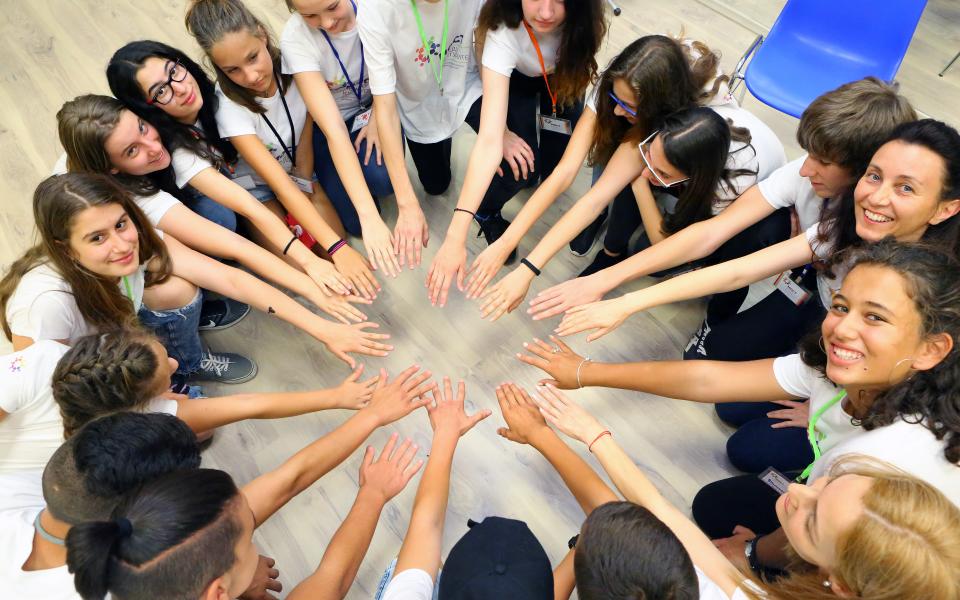From Conflict to Harmony: Strategies for Successful Community Peacebuilding Programs
Image Source: Google
Community peacebuilding programs play a crucial role in resolving conflicts and fostering harmony within neighborhoods, towns, and cities. These initiatives aim to address underlying issues, promote understanding, and facilitate communication among community members. By employing effective strategies, these programs can successfully navigate through challenging situations and bring about positive change. In this article, we will explore various strategies for creating successful community peacebuilding programs that can transform conflict into harmony.
The Importance of Community Peacebuilding Programs
Community peacebuilding programs are essential for several reasons:
1. Conflict Resolution
- Helps to address existing conflicts and prevent new ones from arising.
- Fosters respectful and constructive dialogue between parties involved in the conflict.
- Promotes reconciliation and healing among community members.
2. Building Trust and Relationships
- Strengthens trust and relationships within the community.
- Encourages collaboration and cooperation among diverse groups.
- Fosters a sense of unity and common purpose among community members.
3. Creating a Safer and more Inclusive Environment
- Enhances the safety and well-being of community members.
- Promotes inclusivity and diversity within the community.
- Reduces violence and promotes peaceful coexistence.
Strategies for Successful Community Peacebuilding Programs
1. Stakeholder Engagement
Engaging stakeholders is crucial for the success of any community peacebuilding program. Stakeholders can include community members, local leaders, government officials, law enforcement, and non-profit organizations. By involving all relevant parties, programs can gain valuable insights, resources, and support.
2. Needs Assessment
Conducting a thorough needs assessment is essential to understand the specific issues and dynamics within the community. This involves gathering data, conducting surveys, and consulting with community members to identify root causes of conflict and areas for intervention.
3. Building Capacity
Building the capacity of individuals and organizations involved in peacebuilding efforts is crucial for long-term success. This can involve providing training, resources, and support to enhance skills in conflict resolution, communication, and mediation.
4. Promoting Dialogue and Communication
Effective communication and dialogue are key components of any peacebuilding program. By creating safe spaces for open and honest discussions, programs can facilitate understanding, empathy, and mutual respect among community members.
5. Education and Awareness
Educational initiatives can help raise awareness about conflict resolution, diversity, and inclusion. By providing workshops, seminars, and training sessions, programs can empower community members with the knowledge and skills needed to address conflicts in a constructive manner.
6. Restorative Justice Practices
Restorative justice practices focus on repairing harm and rebuilding relationships within the community. By involving all parties affected by the conflict in the resolution process, programs can promote healing, accountability, and reconciliation.
Challenges and Considerations
While community peacebuilding programs can be highly effective, they also face challenges that need to be addressed:
1. Lack of Resources
- Limited funding and resources can hinder the implementation of peacebuilding programs.
- Shortage of trained professionals and volunteers can impact program sustainability.
2. Cultural Sensitivity
- Cultural differences and sensitivities may influence the effectiveness of peacebuilding efforts.
- Programs must be tailored to the specific cultural context and needs of the community.
3. Sustainability
- Ensuring the long-term sustainability of peacebuilding programs is essential for lasting impact.
- Building partnerships and securing ongoing support are key to maintaining program effectiveness.
Conclusion
Community peacebuilding programs are vital for promoting harmony, understanding, and cooperation within diverse communities. By employing effective strategies such as stakeholder engagement, needs assessment, capacity-building, and restorative justice practices, programs can successfully navigate through challenges and foster positive change. While there are obstacles to overcome, the impact of community peacebuilding initiatives can be far-reaching, transforming conflict into harmony and creating a more peaceful and inclusive society.

What do you think?
Show comments / Leave a comment